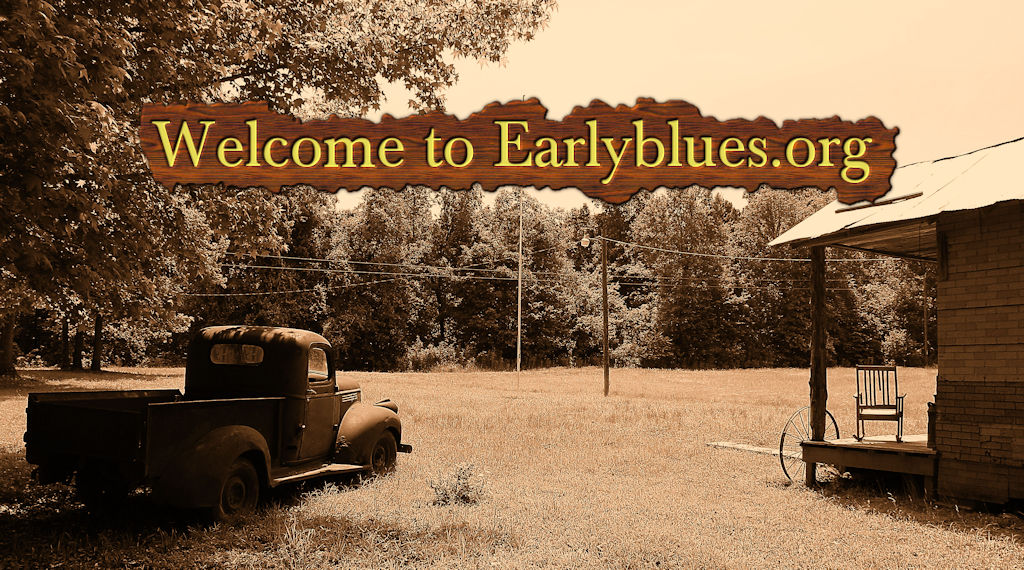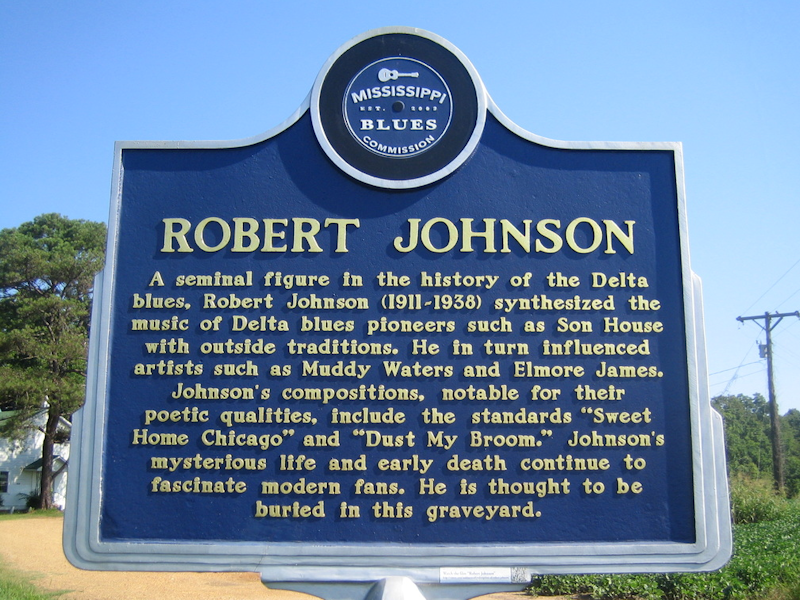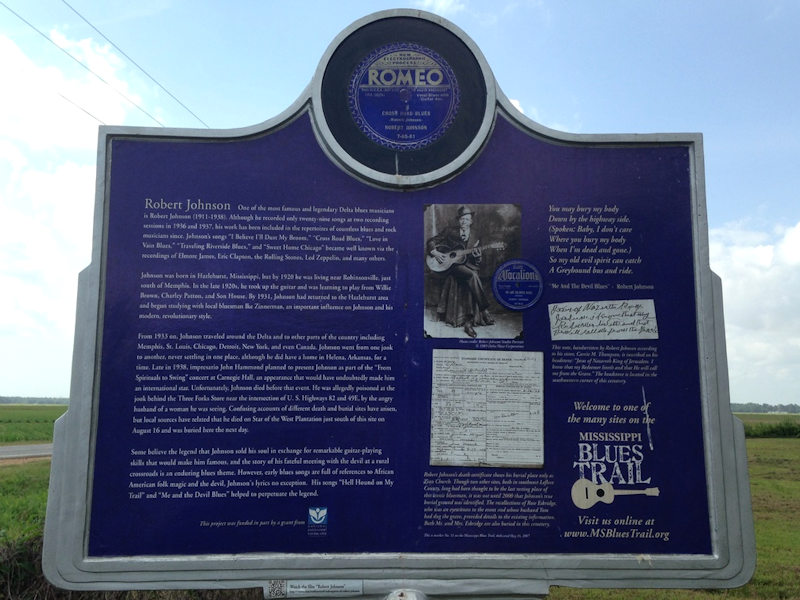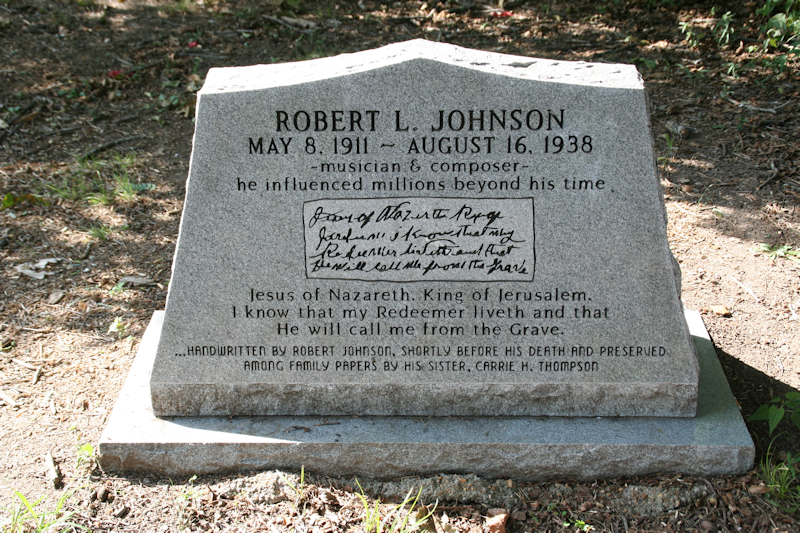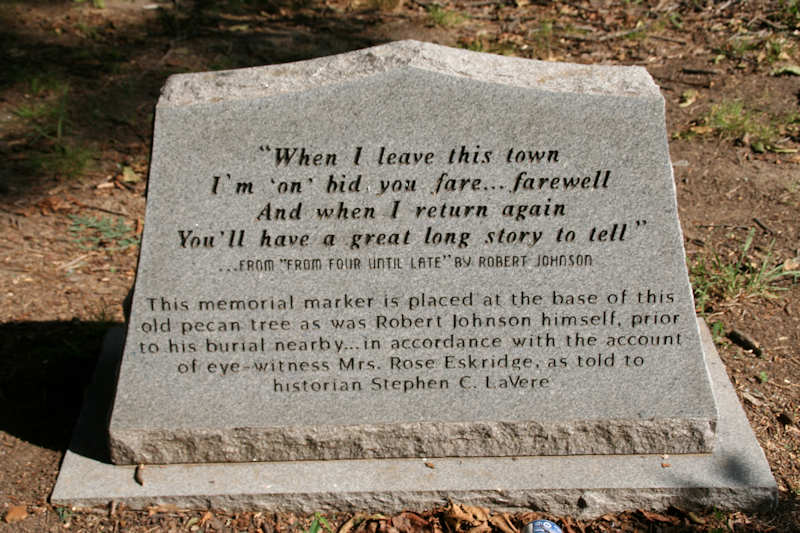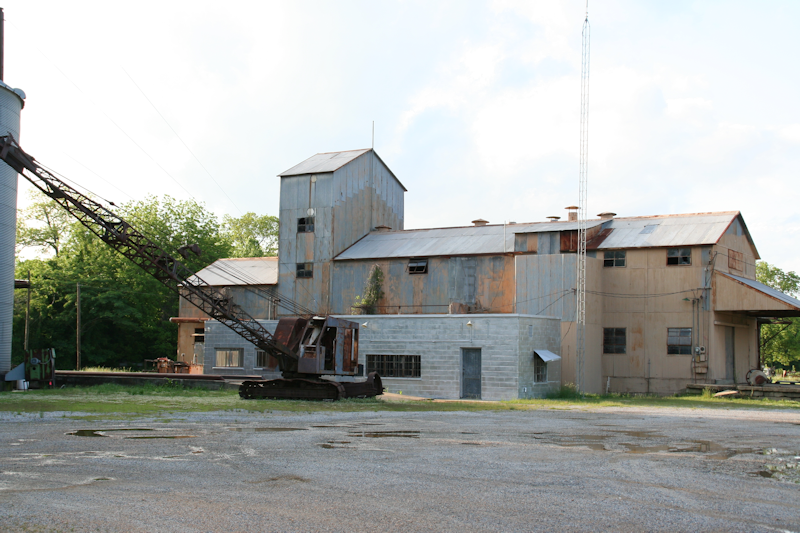Themed Photo Gallery and Information: Money, Mississippi
Money History
Money is an unincorporated Mississippi Delta community near Greenwood in Leflore County, Mississippi, United States. It has fewer than 100 residents, down from 400 in the early 1950s when a cotton mill operated there. Money is located on a railroad line along the Tallahatchie River, a tributary of the Yazoo River in the eastern part of the Mississippi Delta. The community has ZIP code 38945 in the Greenwood, Mississippi micropolitan area.
Money is the site of the 1955 lynching of 14-year-old Emmett Till by white men, an event that gained nationwide attention. The suspects were acquitted by an all-white jury in 1955. They sold their story to Look magazine the next year and admitted their crime in the 1956 interview.
This rural area was developed for cotton cultivation. The Money post office was established in 1901. The community was named for Hernando Money, a United States Senator from Mississippi.
Murder of Emmett Till
(See also main Wikipedia article: Emmett Till )
Money became infamous for the lynching of Emmett Till, a 14-year-old African-American boy from Chicago, who was visiting his uncle Moses Wright in August 1955. Till was accused of flirting with Carolyn Bryant, a white woman working alone at Bryant’s Grocery which she owned with her husband Roy Bryant. In 2007 Bryant revealed that she had fabricated details of the encounter in her testimony at trial.
After the store encounter, Roy Bryant and his half-brother, J.W. Milam, abducted, tortured, and murdered Till because Carolyn Bryant said that Till had flirted with her, crossing the “color line”. The pair were arrested and tried for the murder, but were acquitted by an all-white jury. Several months later, they sold their story, and confessed to the killing in an interview with William Bradford Huie that was published in the January 1956 issue of Look magazine.
Till’s mother, Mamie Till Bradley, insisted on an open casket funeral for her son in Chicago. She wanted people to see that her son had been badly beaten before his death. She allowed news photographs of his body to be published. National awareness was heightened of lynching in the South and the oppression and violence against blacks under Jim Crow. Historians suggest that the Emmett Till murder helped galvanize the civil rights movement by drawing national attention to injustices in the South.
A historical marker is at the site of the former Bryant’s Grocery Store, as part of the Mississippi Freedom Trail. It notes the influence of Till’s murder and the injustice of his killers going free as catalysts for the civil rights movement both nationally and statewide.
A wooden bridge across the Tallahatchie River at Money was the focus of Bobbie Gentry’s 1967 hit song “Ode to Billie Joe.” The November 10, 1967 issue of Life magazine featured a photo of Gentry crossing the bridge. The bridge collapsed in June 1972 after being burned by vandals. It has since been replaced.
Source: Wikipedia
Some 6 miles south of Money towards Greenwood next to the Little Tallahatchie River is the Little Zion Missionary Baptist Church and graveyard, the probable resting place of Robert Johnson.
Mississippi Blues Trail Marker
Full text:
A seminal figure in the history of the Delta blues, Robert Johnson (1911-1938) synthesized the music of Delta blues pioneers such as Son House with outside traditions. He in turn influenced artists such as Muddy Waters and Elmore James. Johnson’s compositions, notable for their poetic qualities, include the standards “Sweet Home Chicago” and “Dust My Broom.” Johnson’s mysterious life and early death continue to fascinate modern fans. He is thought to be buried in this graveyard.
One of the most famous and legendary Delta blues musicians is Robert Johnson (1911-1938). Although he recorded only twenty nine songs at two recording sessions in 1936 and 1937, his work has been included in the repertoires of countless blues and rock musicians since. Johnson’s songs “I Believe I’ll Dust My Broom,” “Cross Road Blues,” “Love in Vain Blues,” “Traveling Riverside Blues” and “Sweet Home Chicago” became well known via the recordings of Elmore James, Eric Clapton, the Rolling Stones, Led Zeppelin and many others.
Johnson was born in Hazlehurst, Mississippi, but by 1920 he was living near Robinsonville, just south of Memphis. In the late 1920s, he took up the guitar and was learning to play from Willie Brown, Charley Patton, and Son House. By 1931, Johnson had returned to the Hazlehurst area and begun studying with local bluesman Ike Zinnerman, generally accepted by scholars as the most important influence on Johnson and his revolutionary, modern style.
From 1933 on, Johnson traveled around the Delta and to other parts of the country including Memphis, St. Louis, Chicago, Detroit, New York, and even Canada. Johnson went from one jook to another, never settling in one place, although he did have a home in Helena, Arkansas, for a time. Late in 1938, impresario John Hammond planned to present Johnson as part of the “From Spirituals to Swing” concert at Carnegie Hall, an appearance that would have undoubtedly made him an international star. Unfortunately, Johnson died before that event. He was allegedly poisoned by the angry husband of a woman he was seeing. He died on Star of the West plantation just south of this site on August 16 and was buried here the following day.
Some believe the myth that Johnson sold his soul in exchange for remarkable guitar-playing skills that would make him famous, and the story of his fateful meeting with the devil at a rural crossroads is an enduring blues theme. Bluesman Son House stated, “He sold his soul to play like that,” but early blues songs are full of references to witchcraft and the devil, with Johnson’s lyrics no exception. His songs “Hell-Hound on My Trail” and “Me and the Devil Blues,” helped to perpetuate the legend.
Source : http://msbluestrail.org/
Photo Gallery
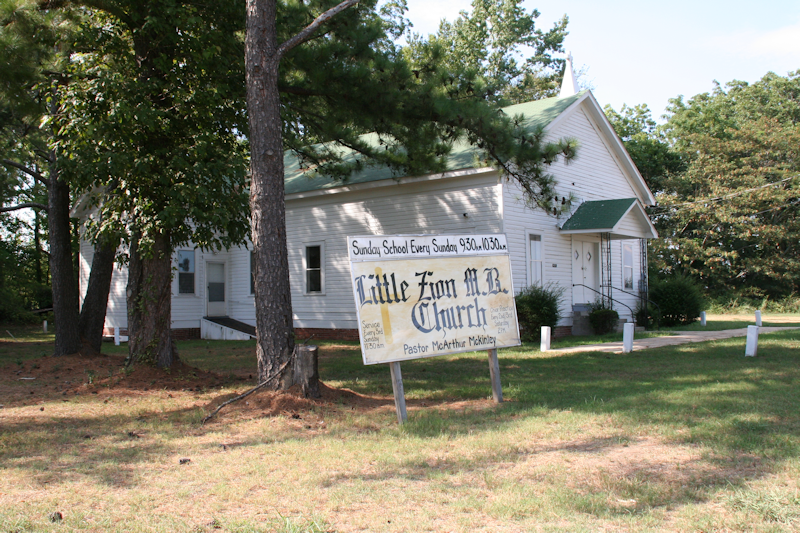
Little Zion Missionary Baptist Church, site of the most probable of the three reputed Robert Johnson grave sites. The other two grave sites are at Mt. Zion Missionary Baptist Church in Morgan City and at the Payne Chapel Missionary Baptist Church in Quito.

Robert Johnson’s grave under a large Poplar tree.
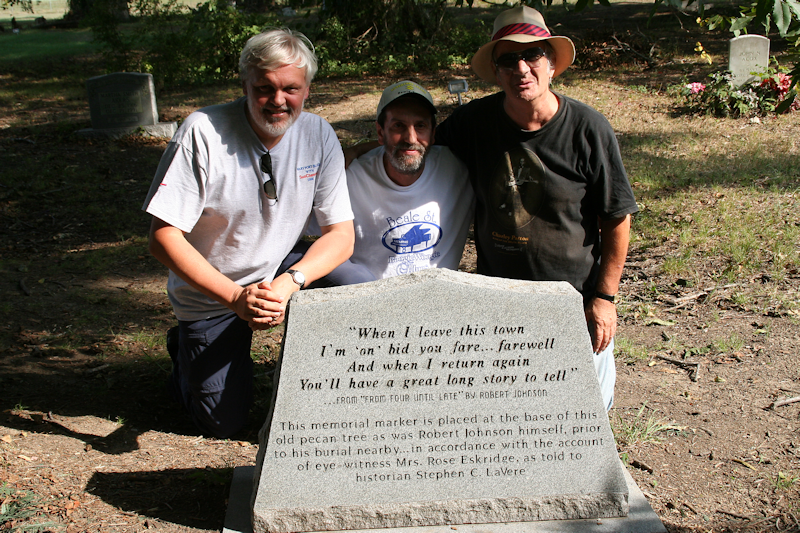
Alan White, Rex Haymes and Max Haymes
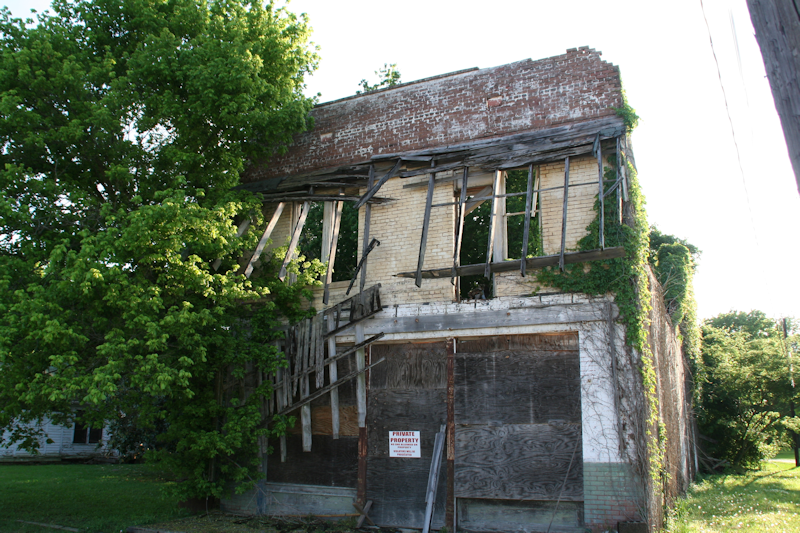
The remains of Bryant’s Grocery and Meat Market.
